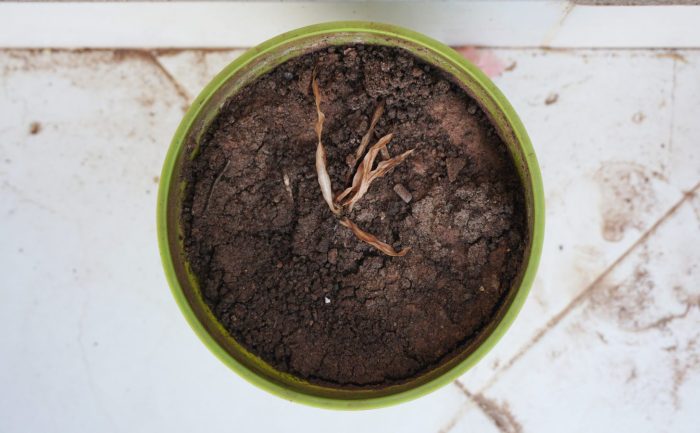What is heat stress?
Heat stress can be understood as when the temperature of the environment of a plant is high for a period enough to cause irreversible damage to its the life and development. Even the slightest increase in temperature can be detrimental to the growth and progression of many types of plants. This can occur both during the day and at night. Plants can suffer from heat stress in different ways, depending on factors such as what time of day or night. This means that in summer, efforts that gardeners would take to protect their plants might not be as effective as hoped.
For example, green house shading is one method used to protect plants from heat stress from sun exposure. However, because heat stress damage still occurs during the night, this would suggest that sun damage isn’t the only cause for concern when it comes to hot weather. Besides, there are a lot of reasons why gardeners shouldn’t be using green house shading.
A lot of emphasis is often put on the physical appearance of effects of heat stress and damage on plants. Rightfully so, because they essentially are the first point of contact that many gardeners will being to realise something is wrong. Symptoms such as wilting, scorching and leaf loss to name a few, all indicate that a plant is suffering. Possibly through instinct also explains why the everyday gardener would attribute damage to the plant as being caused by exposure to the sun.

How Are Plants Really Affected by Heat Stress?
Physical signs may be the obvious way that plants show they’re undergoing heat stress, but they’re not the first instance. Before gardeners see things such as wilting, there are several non-visible processes within the plant/soil, that explain the visible symptoms. For example, problems such as plant scorching occur due to extended periods of hot and dry weather. These conditions make it less effective for the roots to supply an efficient amount of water to plant leaves to match the rate at which water that is lost through transpiration. Soil environments that are obstructive to root growth further contribute to this.
Gardeners that plant flowers or other plants that last many seasons should note that if leaf scorching happens consistency year after year, the annual heat stress caused will eventually weaken the natural defence of the plant, making it prone to pests and diseases.
Another less obvious effect of heat stress is what it does to the on the rate of reproductive development within the plant. The increased rate of reproductive development in plants reduces the duration for photosynthesis to promote fruit and seed production. Arguably, this might not be directly seen as heat damage because it is not permanent and irreversible. However, it is nonetheless an effect of heat stress. The dramatic increase of reproductive development does make quite a difference on the total yield of fruit produced.

A Plant’s Natural Tolerance and Response
The good news is that plants do have a natural tolerance and response to increases in temperature and hot weather. The not so good news is that a plant’s natural response isn’t always effective for all heat stress conditions. For example, plants have something called a Phytochrome Interacting Factor 4 (PIF4). An essential protein for coordinating the response to increased temperatures by activating genes that fight the effects of heat stress. However, the problem is this protein is only active during the day.
Also, while most gardeners may think that their plants are in safer conditions during the night. The truth is at night, warmer night temperatures mean that plants have a faster respiration process. Roots must fight to get enough water to leaves and body of plants to replenish them against the heat stress. So, while plants do have their own natural tolerance, they need assistance to endure certain weather conditions.

Preventative Measures
The key to preventing all the above issues related to heat stress, is for plants to have a robust root system. This is to help them prepare for the high temperatures conditions that come with summer weather. It’s important for gardeners to take preventative measures against heat stress. Ideally before the heat is excessive but if not as soon as possible before damage is irreversible.
Find out more about how to prevent heat stress – The New Way To Protect Your Plants From The Heat.

 Call us on 01246 240880
Call us on 01246 240880 Free 48hr Delivery
Free 48hr Delivery Sign-up and receive 10% off
Sign-up and receive 10% off